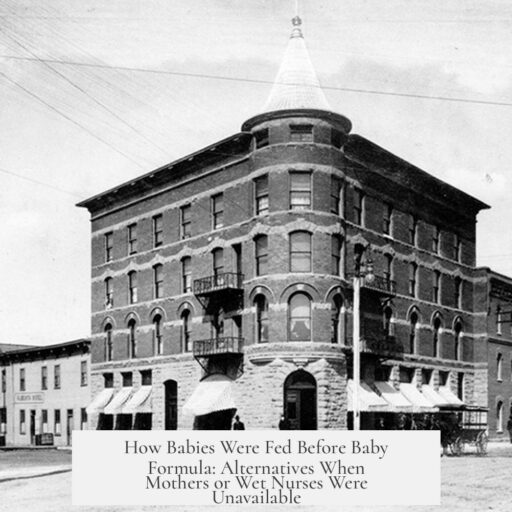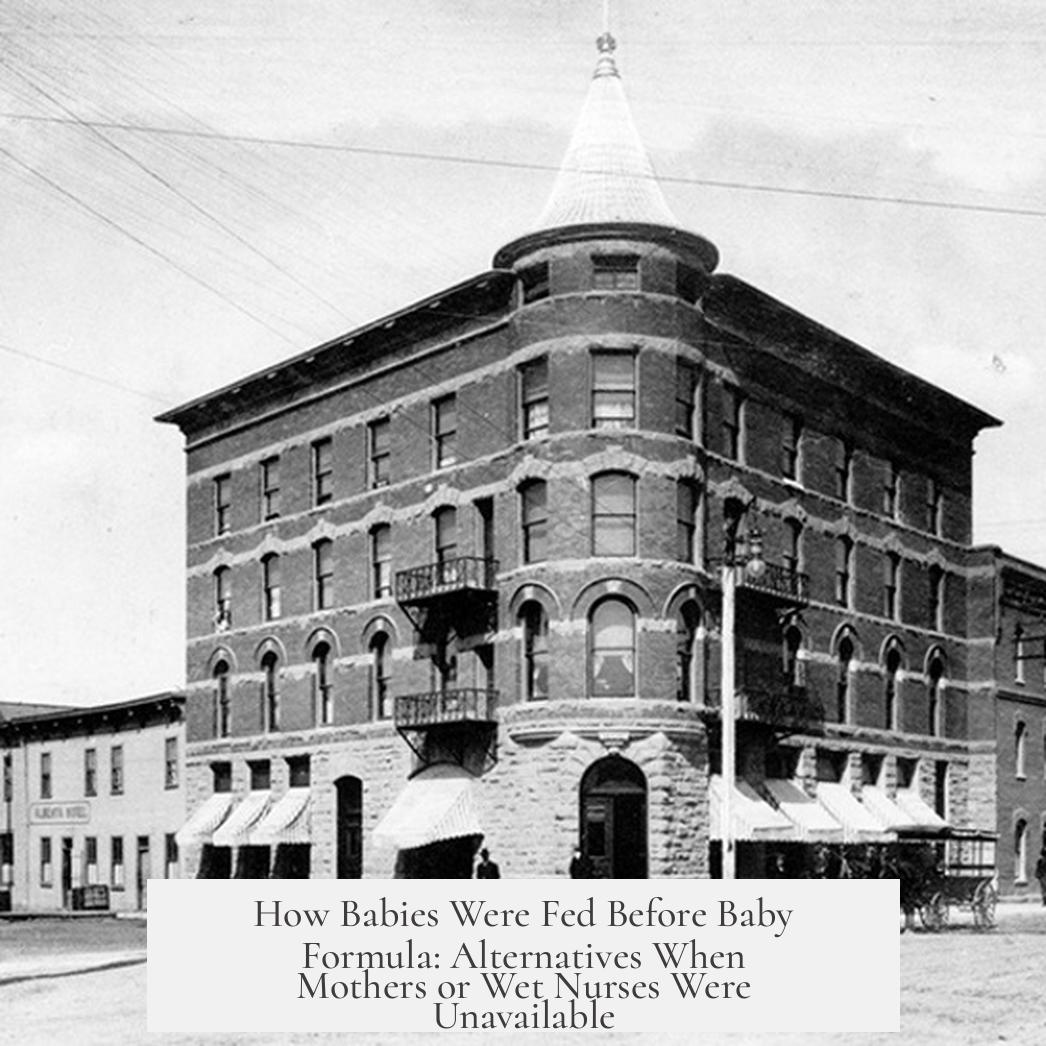Before the invention of baby formula, feeding infants without their mother or a wet nurse involved several alternative methods, each with benefits and risks. Wet nursing was the primary and most reliable alternative, while other techniques included feeding animal milk, homemade mixtures (dry nursing), or solids called pap after weaning. These approaches varied widely but often faced nutritional and safety challenges.
Wet nurses served as the main solution when a mother could not breastfeed. This practice dates back thousands of years, with wet nurses being employed as early as 2000 B.C.E. They breastfed infants not their own for payment or personal reasons. Affluent families frequently hired wet nurses up through the 19th century. This method remained the safest and most natural alternative prior to baby formula’s invention. Wet nursing still exists today, often informally in sharing or “cross-nursing” communities.
If a wet nurse was unavailable, the next option was “dry nursing.” This involved feeding infants milk substitutes instead of breast milk. The term refers to offering homemade or animal-based milk mixtures. Recipes for dry nursing varied extensively by region, culture, and household tradition. Common ingredients included cow’s milk or other available animal milks (goat, donkey, camel, horse, sheep, or pig), combined with water, sweeteners like honey, and sometimes additives such as fish oil or citrus juice. These were meant to replicate breast milk’s nourishment, but they were nutritionally incomplete and inconsistent.
| Substance | Purpose | Notes |
|---|---|---|
| Cow or animal milk | Main nutrient source | Varied by location, generally used until formula invention |
| Water | Dilution to match infant digestion | Risk of contamination without sterilization |
| Honey or sweeteners | Flavor and calories | Honey should be avoided for very young infants due to botulism risk |
| Fish oil or citrus juice | Attempt to provide vitamins or aid digestion | Effectiveness uncertain; risk of poor tolerance |
It is crucial to acknowledge that dry nursing mixtures were often insufficient. Infants regularly developed nutritional deficiencies such as rickets (vitamin D deficiency) and scurvy (vitamin C deficiency). Many also suffered from infections or gastrointestinal problems. These risks stemmed from improper feeding techniques, lack of sterilization, and incomplete nutrient profiles in home-prepared foods.
Historical feeding vessels included clay pots, carved wooden containers, and animal horns. In some cases, babies even suckled directly from animal teats before the development of baby bottles. Pap or panada—a mixture of bread or cereal soaked or cooked in milk or water—was introduced as supplementary food or weaning food in the 16th through 18th centuries. Pap was fed using spoons, rags, or specially shaped “pap boats.” Unfortunately, these methods contributed to high infant mortality due to contamination risks and poor nutrition.
Until the late 19th century, artificial feeding primarily relied on animal milk. The invention of commercial infant formulas began in 1865 with Justus von Liebig’s mixture of cow’s milk, wheat flour, malt flour, and potassium bicarbonate. Shortly after, Henri Nestle developed a similar, easier-to-prepare product. By the 1880s, over 20 infant food brands existed, although these lacked some vitamins.
The introduction of canning processes produced condensed and evaporated milk used as infant foods into the early 20th century. The first commercially produced non-powder formula appeared in 1951, marking a pivotal shift in infant feeding practices. Alongside improved hygiene and knowledge of nutrition, infant mortality from artificial feeding subsequently decreased significantly.
- Wet nursing was the preferred and safest method before formula.
- Dry nursing involved animal milk and homemade mixtures, varying by culture but often nutritionally deficient.
- Feeding devices like clay vessels and pap boats were common despite hygiene challenges.
- Deficiency diseases and infections were frequent with pre-formula feeding methods.
- The first commercial infant formulas emerged in the late 19th century, improving feeding safety and nutrition.
How did wet nursing function as a method for feeding babies before formula?
Wet nursing involved hiring or finding a woman to breastfeed an infant who was not her own. This was the preferred alternative when the mother could not breastfeed. It was common from ancient times through the 19th century.
What was dry nursing and why was it considered a last resort?
Dry nursing meant feeding babies with milk-like mixtures instead of breastmilk. It was used only if no wet nurse was available. These mixtures often included animal milk, water, sweeteners, and sometimes fish oil or citrus juice.
What kinds of ingredients were commonly used in dry nursing mixtures?
Recipes varied widely but generally used whatever milk was available, combined with water and sweeteners like honey. Additives such as fish oil or citrus juice were sometimes included to add nutrients.
Why did infants fed on dry nursing mixtures often suffer health problems?
These homemade mixtures lacked complete nutrition. Babies fed this way frequently developed deficiency diseases like rickets and scurvy because the substitutes did not replicate breastmilk’s full nutrient profile.
Did families use animal milk to feed babies before formula?
Yes, cow’s milk was most common, but milks from goats, donkeys, camels, horses, pigs, and sheep were also used depending on region and availability. This practice was widespread until the late 19th century.
Were wet nurses available to all social classes?
Wet nurses were more commonly hired by affluent families. Poor families less often had access to wet nurses and usually resorted to dry nursing or animal milk substitutes for feeding infants.




